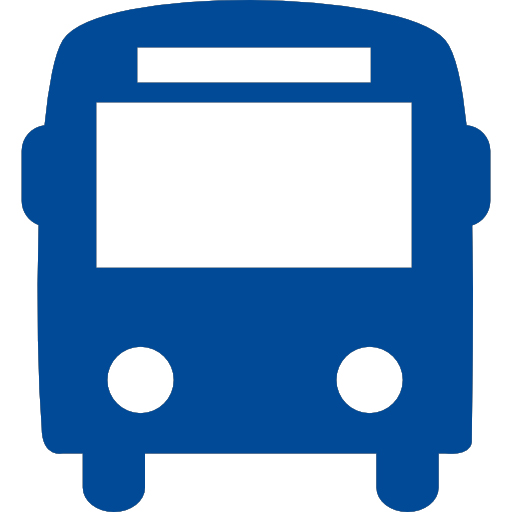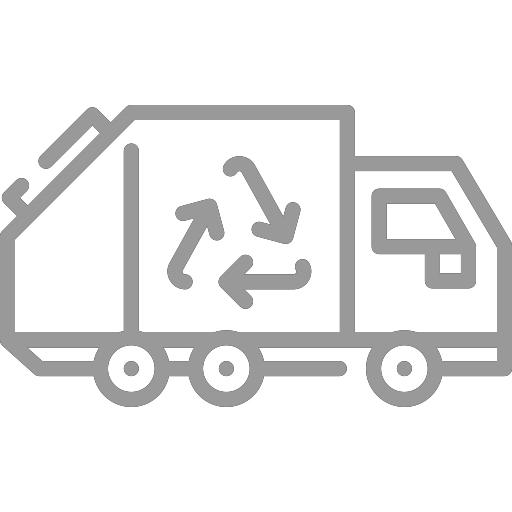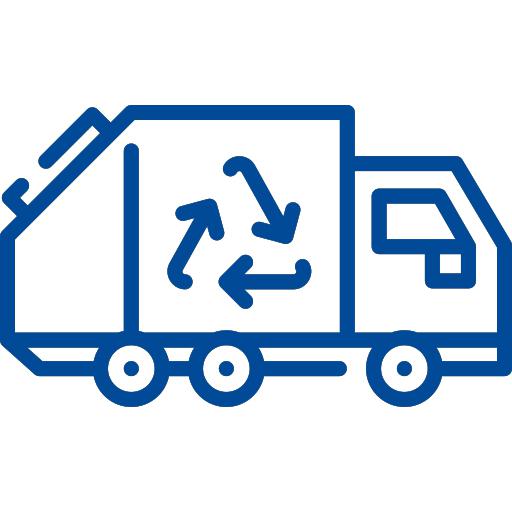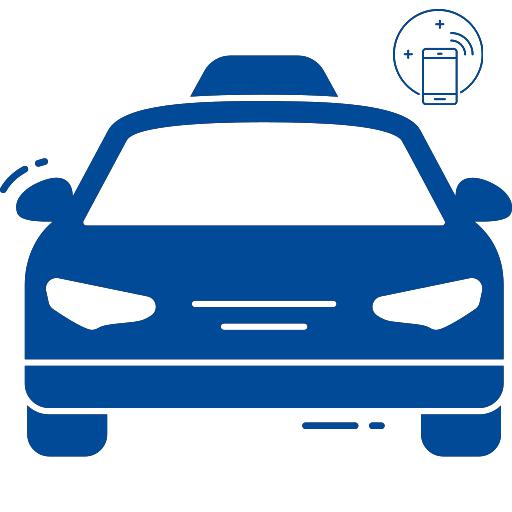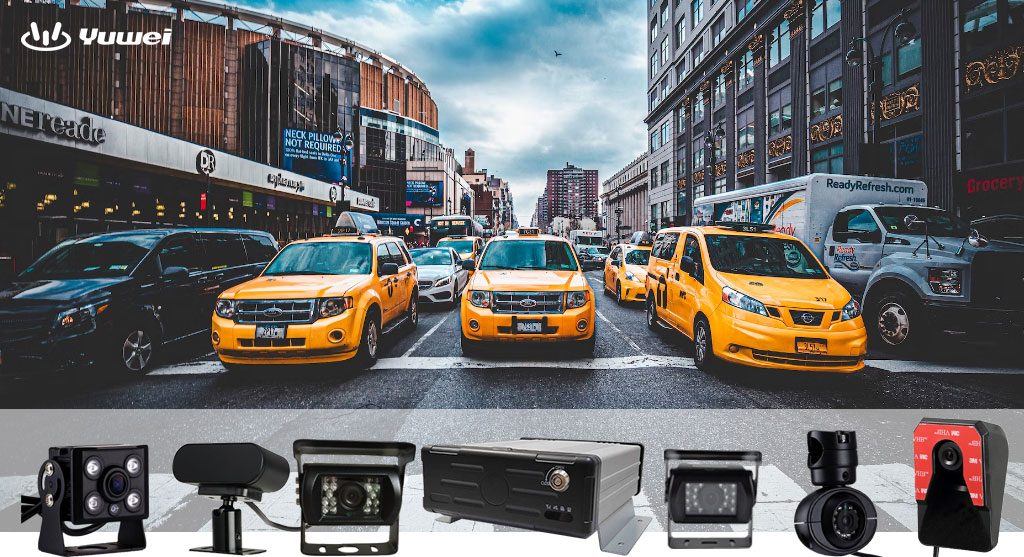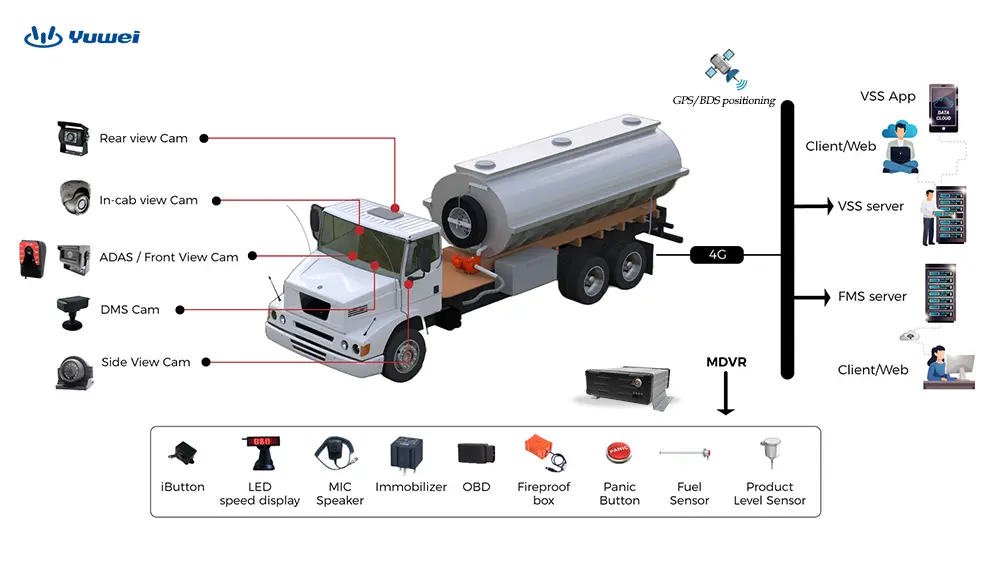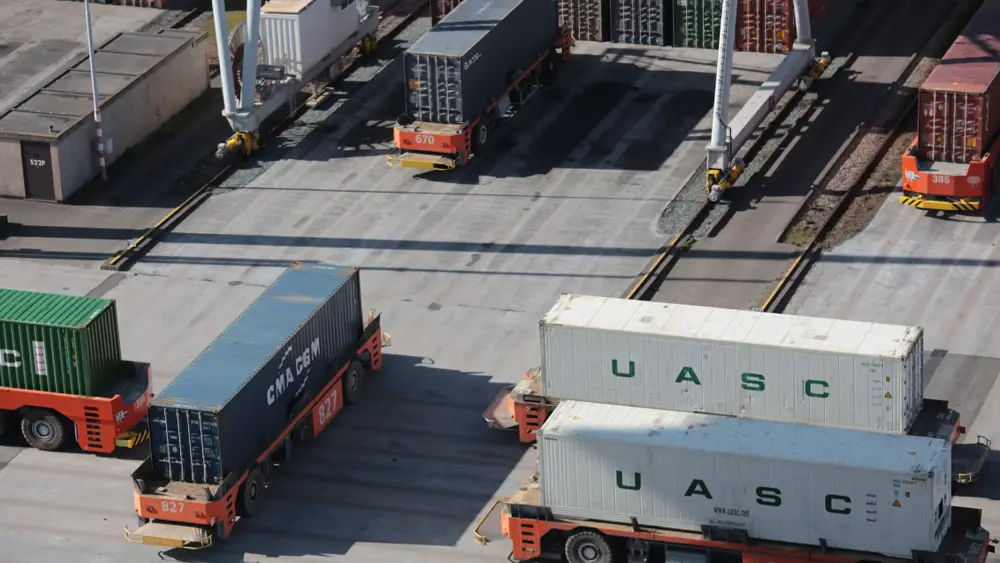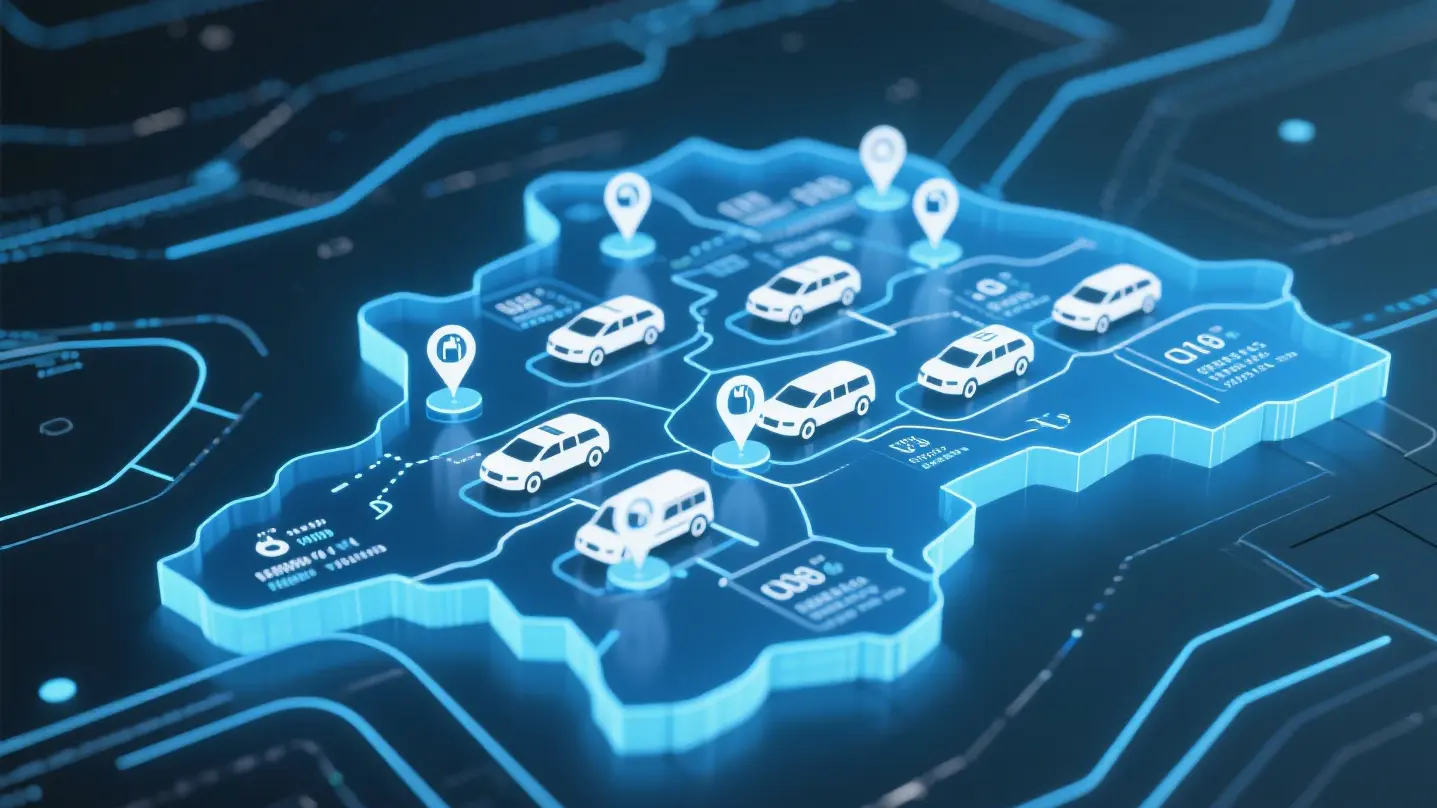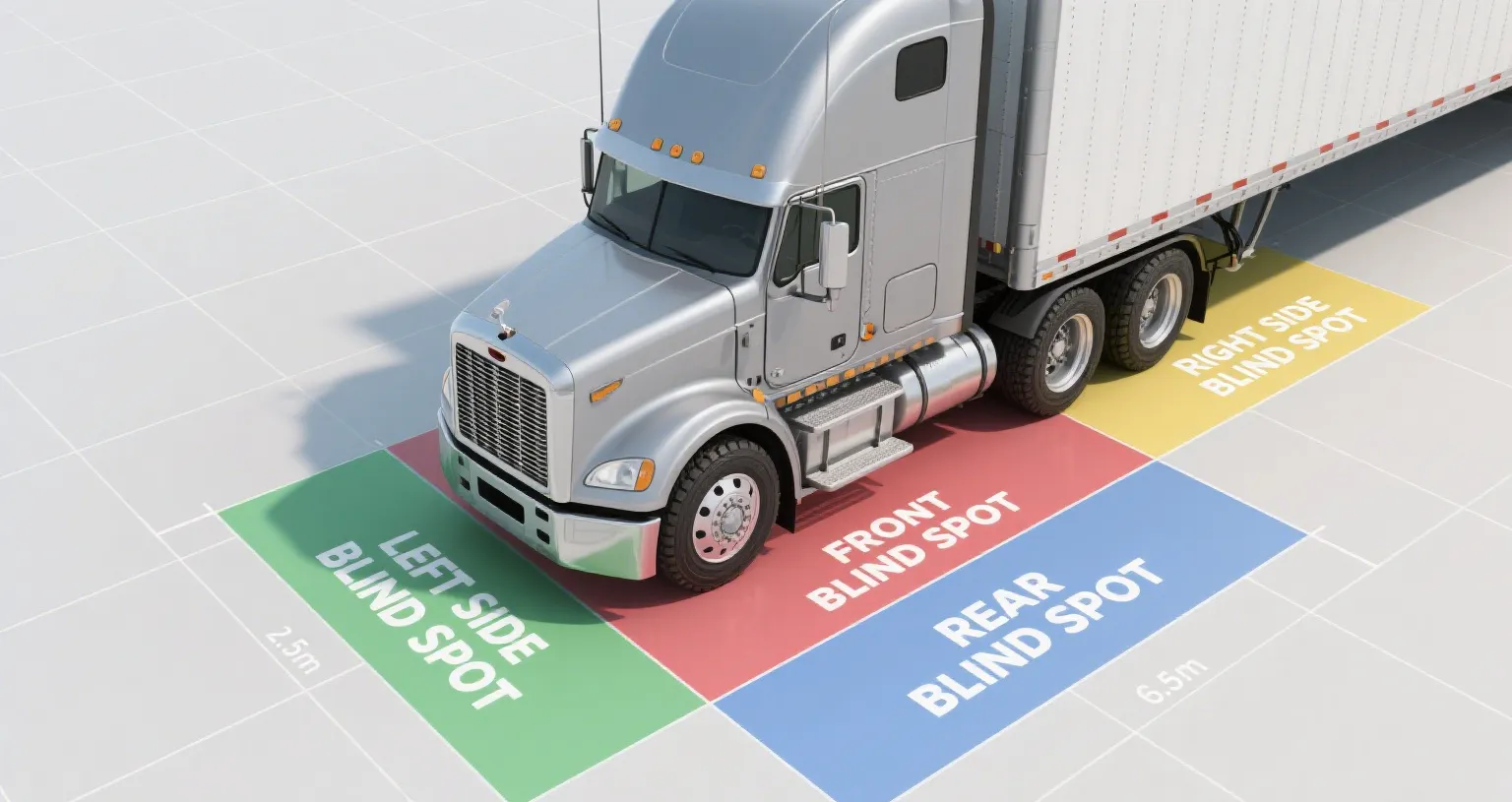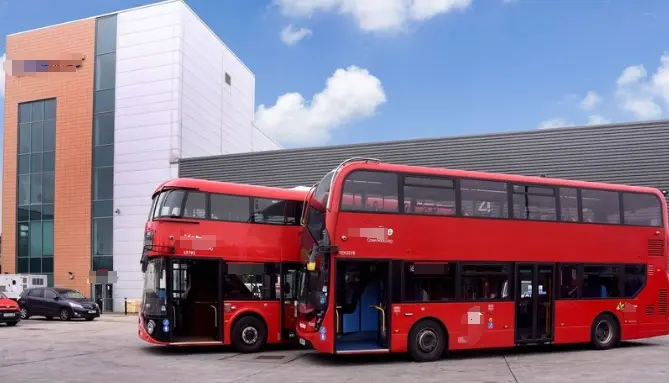German Bus Safety Camera System
German Bus Camera System
With the growing frequency of intercity communication, long-distance passenger vehicles and routes are continuously increasing. Taking Germany as an example, by 2023, the number of long-distance passenger vehicles has approached 100,000. Due to issues such as overloading, theft, disputes, and other safety concerns—especially during night travel—the risks are significant. Additionally, driver violations are frequently seen, severely impacting company operations. As a result, German passenger transport companies urgently need onboard real-time monitoring systems to improve safety and management efficiency.

Needs Analysis
With the continuous development of Germany’s economy and the acceleration of urbanization, passenger transport companies face higher demands for development. Against this backdrop, safety and management efficiency have become crucial issues for these companies. In particular, as transportation safety has gained more attention, German passenger companies, while striving for high service quality, urgently need to address the following issues:
1.1 Safety Hazards
Although most long-distance passenger vehicles in Germany are equipped with GPS positioning systems to assist with scheduling and navigation, passengers’ property safety remains inadequately protected. Especially during night travel, theft, robbery, and disputes are common safety events. In many cases, without effective evidence, it is difficult to respond promptly and efficiently after incidents occur.
1.2 Insufficient Driver Behavior Supervision
German passenger companies face challenges in monitoring driver behavior, particularly during long-distance trips. Speeding, fatigue driving, disputes between drivers and passengers, and drivers using mobile phones while driving pose serious safety risks. Existing supervision methods are often insufficient to comprehensively cover and timely detect these issues.
1.3 Violation of Regulations and Damage to Company Image
Some drivers may carry unauthorized passengers or embezzle fare money, resulting in overloading or violations of traffic laws, which lead to economic losses and fines. Additionally, in some cases, drivers and crew members may collude, damaging the company’s image and even leading to passenger dissatisfaction and complaints.
1.4 Inaccurate Management Data
Due to the wide distribution of passenger transport companies across Germany, it is difficult for management centers to keep track of the operational status and data of each vehicle in real-time. Driver falsification and concealment of information hinder effective performance assessment, which in turn affects the company’s control over operational costs.

1.5 Inadequate Emergency Response
During transportation, emergencies such as traffic accidents, vehicle breakdowns, and road blockages may occur. If the monitoring center cannot respond promptly and adjust dispatch plans, the company may fail to reach the destination on time, leading to passenger dissatisfaction and complaints.
1.6 Improving Service Quality
With the increasing demand for high-quality public transport services in German society, passenger transport companies that cannot improve their operations and service standards may face a decline in market competitiveness.
Onboard Monitoring System Composition for Passenger Vehicles
In Germany, particularly on long-distance intercity routes, recent traffic safety incidents have attracted widespread attention. German passenger transport companies urgently need to strengthen vehicle monitoring to improve operational efficiency and safety while ensuring compliance with EU and local transport regulations. To address these needs, YUWEI has introduced a 3G/4G onboard intelligent monitoring system solution to help German passenger transport companies resolve existing issues.
By installing advanced onboard monitoring systems in vehicles, management personnel can track the operational status of each vehicle in real time, ensuring safety management and operational transparency. The system encodes and stores audio, video, GPS, and alarm data via an MDVR host, and uploads data to the monitoring center in real-time via 3G/4G networks, enabling remote management and fault troubleshooting.

Detailed Solution Description
The 3G/4G onboard intelligent monitoring system consists of three main components:
1. Frontend Onboard Monitoring Devices
2. Mobile Communication Network
3. Server Monitoring Center
The system design adheres to the precision of German engineering, with features such as efficiency, scalability, safety, and ease of use, aiming to provide a stable and reliable solution.
3.1 Frontend Onboard Monitoring System
The frontend onboard monitoring system is the core of the entire solution. By installing multiple cameras inside and outside the vehicle to collect audio and video data, it provides comprehensive safety monitoring without blind spots. Additionally, GPS global satellite positioning is used for real-time vehicle location tracking. The system is equipped with external alarm switches (e.g., brake, door magnetic switches) and digital intercoms, supporting one-on-one or one-to-many communication between the platform and personnel inside the vehicle. Fatigue driving detectors help monitor the driver's condition to prevent accidents caused by fatigue driving.
The MDVR host encodes and stores audio, video, GPS, and alarm data, which is then transmitted to the monitoring center via 3G/4G wireless networks for remote real-time management and safety supervision.
Camera Installation Locations:
1. Frontview camera – For driving record functionality.
2. Driver's seat camera – To monitor driver’s operating behavior.
3. Front door camera – To monitor passenger boarding.
4. Aisle front camera – Provides full coverage monitoring to prevent theft.
5. Aisle rear camera – Provides full coverage monitoring to prevent theft.
6. Rear door camera – To monitor passenger disembarking.
7. Rear compartment front camera – For lost item investigation and theft prevention.
8. Rearview camera – Monitors rear traffic conditions.
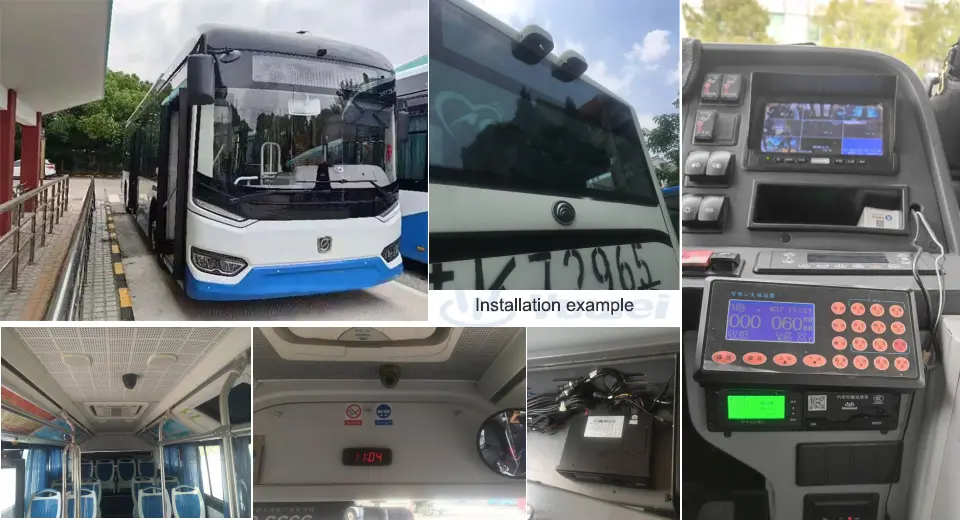
3.2 Mobile Communication Network
Since the frontend onboard monitoring system must operate in a constantly moving environment, all audio, video, GPS, and alarm data are transmitted in real-time via 3G/4G mobile networks. Through this network, the system also supports remote upgrades, device parameter adjustments, digital intercom communication, and viewing of alarm information.
3.3 Server Monitoring Center
The server monitoring center consists of:
- IVMS server clusters
- Backend management software
- Client software
This structure supports a centralized distributed network management architecture. Through the monitoring center, management personnel can monitor multiple vehicles in real-time, view video recordings, capture images, search and replay historical data. By integrating GIS electronic maps, they can view the distribution of vehicles, trace driving routes, quickly locate the position of an alarm vehicle, and view live video feeds.
Wi-Fi automatic download servers are installed at major bus terminals and parking lots in Germany, enabling automatic download of vehicle monitoring footage to designated servers, ensuring timely updates and secure data storage.
Management personnel at the server monitoring center can authorize vehicles via the backend management software, generating corresponding usernames and passwords for unified management. Furthermore, the web client allows administrators and relevant personnel to view and manage the operational status of vehicles in real-time through smartphones or computers.
This solution, with its comprehensive onboard monitoring and remote management functions, effectively enhances the safety, operational efficiency, and customer service capabilities of long-distance passenger transport companies in Germany. As the passenger transport market in Germany and other European countries increasingly emphasizes safety and efficiency, such onboard intelligent monitoring systems have gradually become an industry standard.
More:School Bus Video Surveillance | Backup Camera for Cargo Van | AI Dash Cameras














